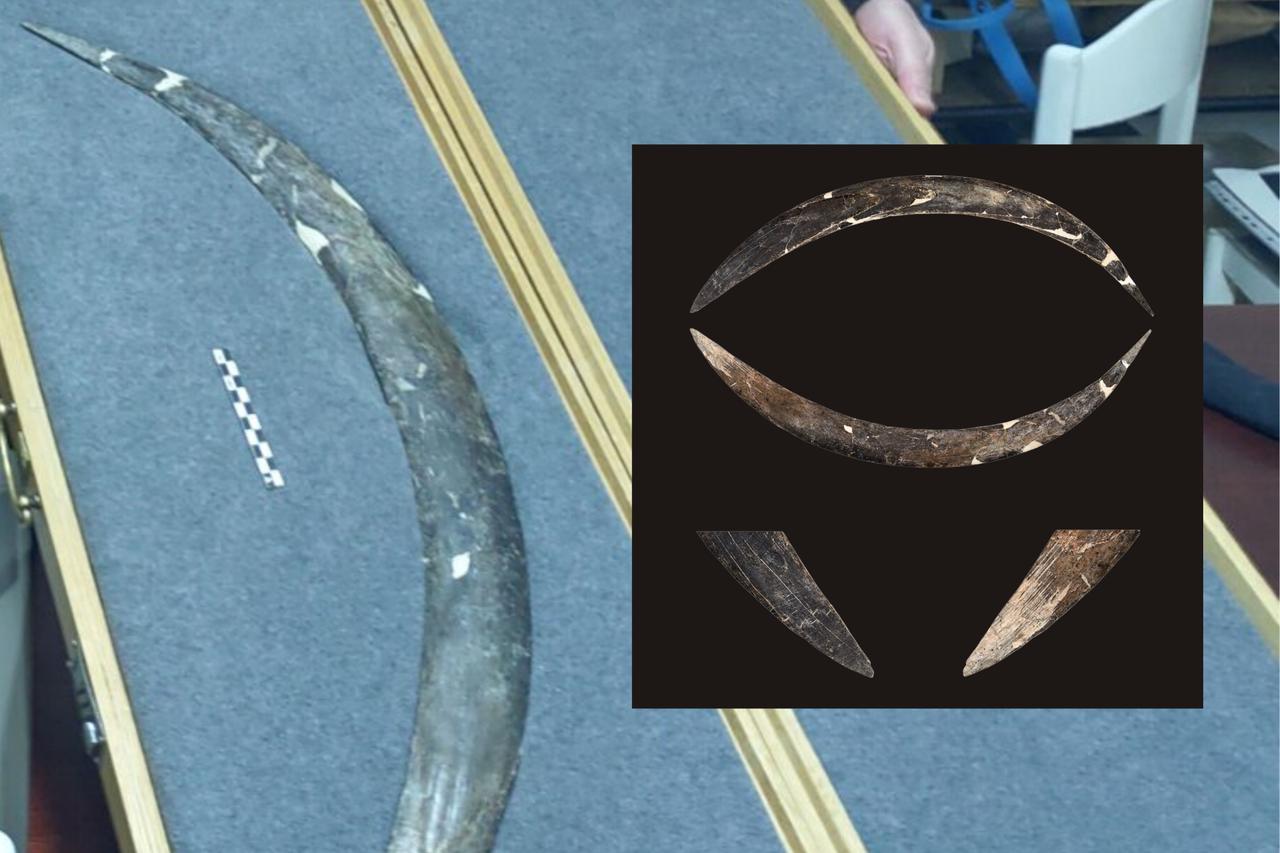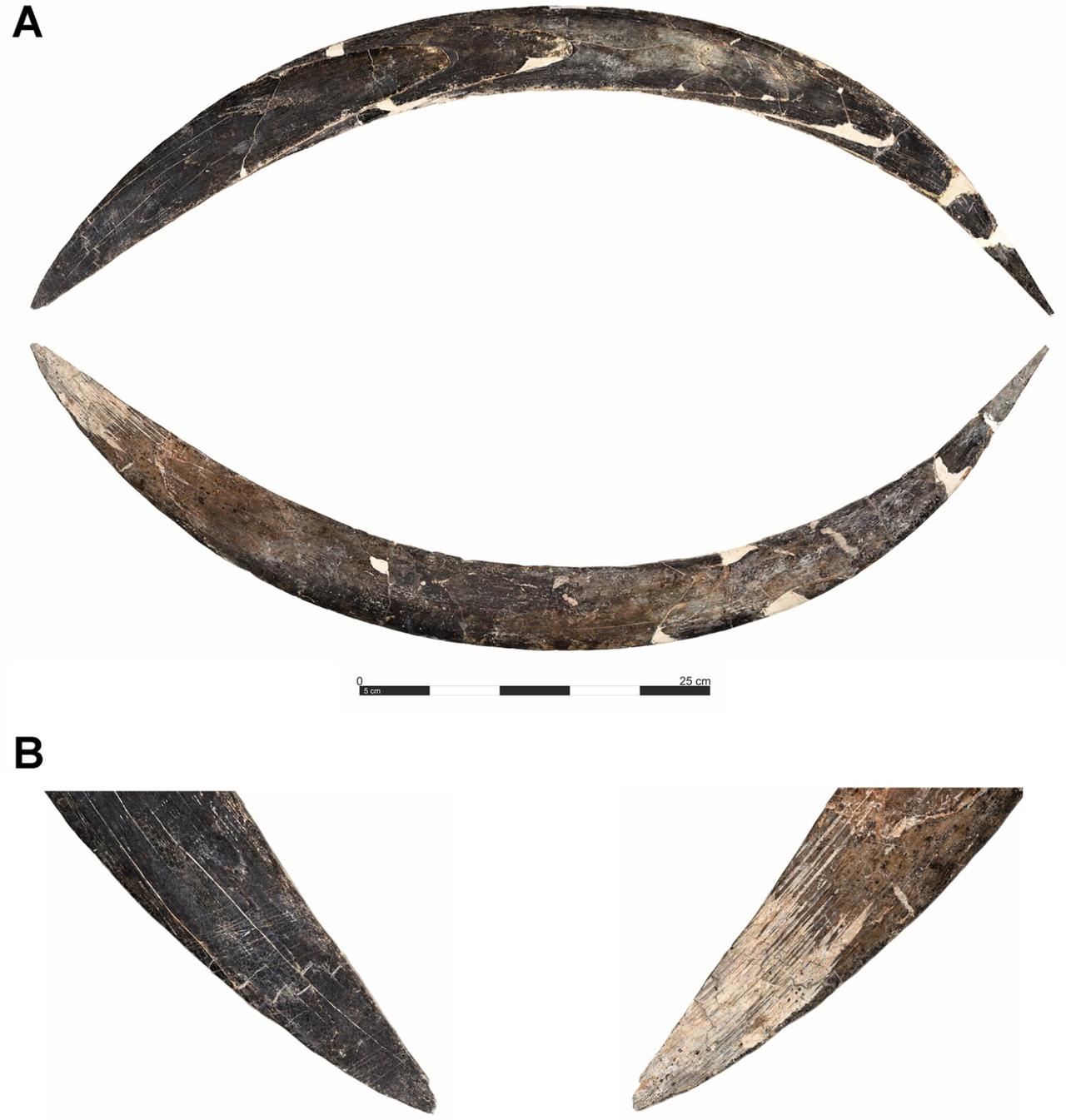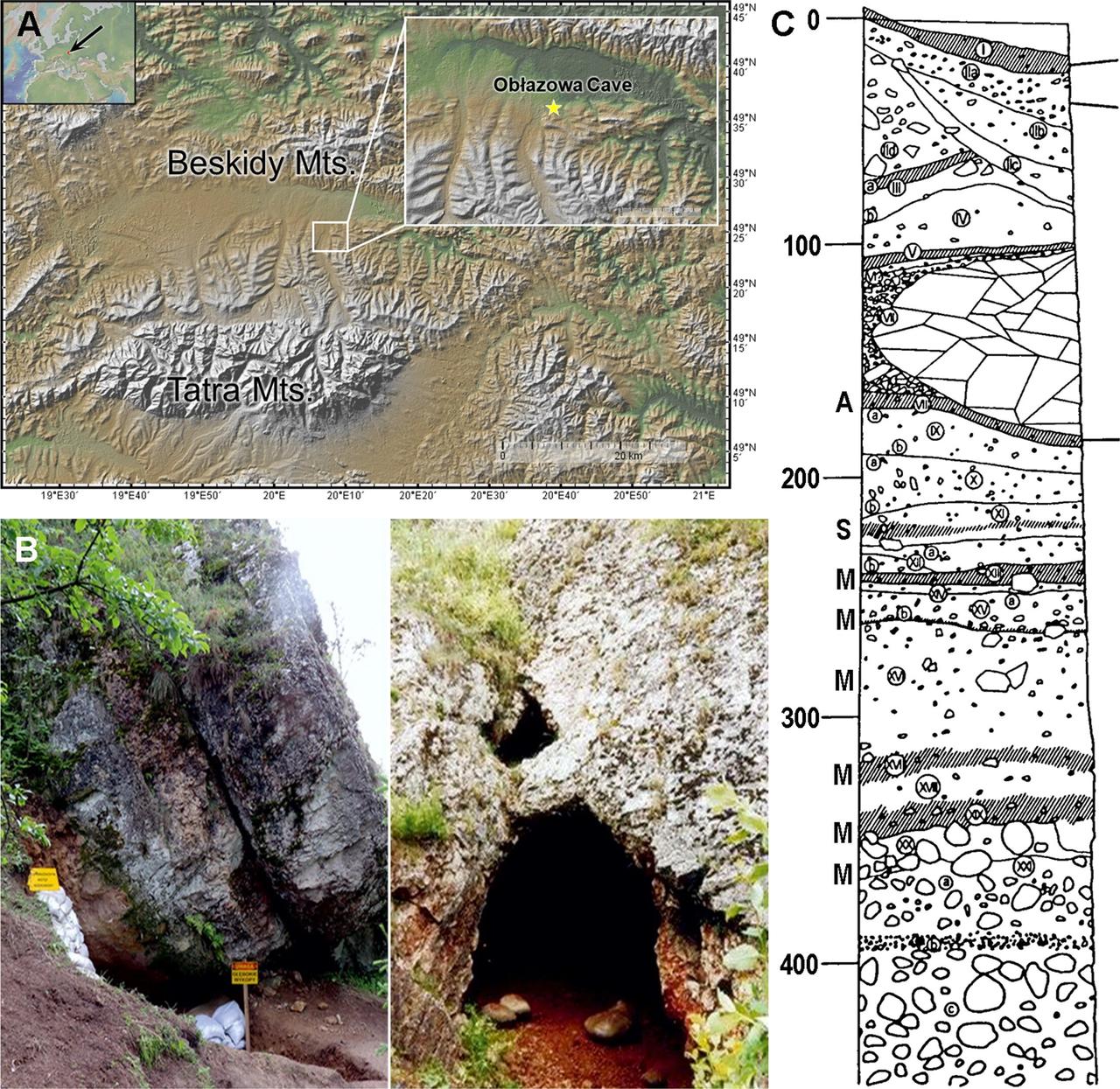
A research team led by Professor Sahra Talamo revisited the chronology of a 72-centimetre-long boomerang discovered decades ago in Obłazowa Cave, located in the western Carpathians of Poland.
Originally found in 1985 alongside a human thumb bone, the ivory artifact had first been dated to around 18,000 years ago. However, those early tests are now believed to be unreliable because conservation materials contaminated the sample.
As the boomerang itself is too fragile for further direct testing, researchers turned to animal bones and a human phalanx unearthed in the same archaeological layer. Radiocarbon dating of these remains, combined with advanced statistical modelling, now places the likely age of the boomerang between roughly 39,000 and 42,000 years ago.

The artifact’s shape and flat cross-section resemble Australian Aboriginal boomerangs, leading the team to suggest it may have been used for hunting rather than returning flight. Its mammoth ivory construction, curved form, and traces of polishing and incised markings all point to considerable skill in its manufacture.
Archaeologists also highlighted its potential symbolic or ritual value, since it was found near a carefully placed stone arrangement and other personal ornaments in the cave. These associations could mean the boomerang had cultural importance beyond its practical function.

The team estimates the modern human thumb bone found at the same depth dates to around 31,000 years ago. Radiocarbon dates from nearby animal bones, averaging approximately 41,500 years old, provided further support for placing the boomerang deep in the early Upper Paleolithic, an era when Homo sapiens spread into Europe with sophisticated tools and ornaments.
The researchers believe this extraordinary artifact demonstrates advanced cognitive skills and refined craftsmanship. In their view, it “exemplifies technological and symbolic innovation,” suggesting that early Homo sapiens in Europe were capable of complex design much earlier than previously thought.

Obłazowa Cave’s location at the junction of the Pieniny Mountains and Podhale plain gave it strategic importance for ancient groups of hunters.
The cave’s well-preserved archaeological layers, spanning from the late Middle Paleolithic to the early Upper Paleolithic, offer a unique window into changing cultural practices and technological innovations.
The boomerang, now considered potentially the oldest reported example of its type, stands as a powerful testament to the ingenuity of our prehistoric ancestors.